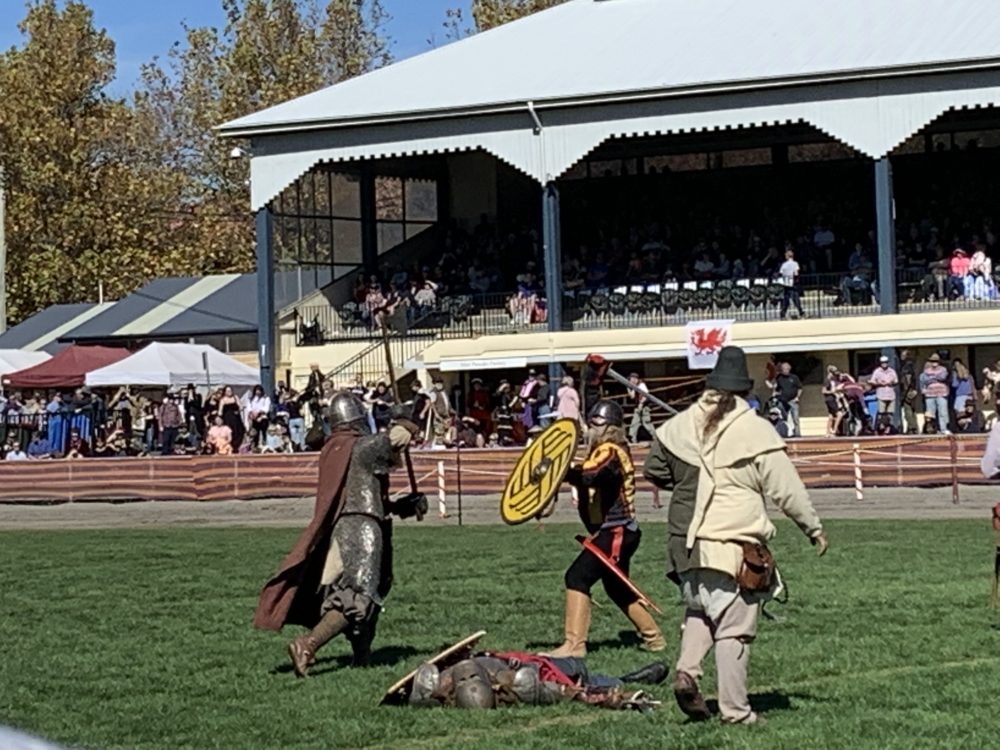My younger son tells me that talking about language – especially grammar – is boring. But it doesn’t need to be. Especially if you are sneaky!
To illustrate, I decided to review Brown’s 14 grammatical morphemes while attending Ironfest, the annual festival of steel and stuff you can make with it, including swords, armour, steam engines, and tanks.
What?
To recap, back in the 1960s and 1970s, clinical psychologist Roger Brown studied the grammatical development of three typically developing children of approximately 2 to 4 1/2 years of age. From these studies, he identified 14 grammatical morphemes, which he found could be measured reliably over time:
- Present progressive -ing
- Preposition in
- Preposition on
- Regular plural -s
- Irregular past tense verbs (e.g. came, ran, sat, broke)
- Regular possessive –s
- Uncontractible copula (It is [X]. Yes, it is/was. There I am.)
- Articles (a, the, an)
- Past tense regular –ed
- Regular third person –s (e.g. Dad eats.)
- Irregular third person (does, has)
- Uncontractible auxiliary (e.g. She was dancing.)
- Contractible copula (He’s handsome.)
- Contractible auxiliary (Dad’s yelling.)
So let’s get to it. Here’s how my review went down!
1. Present progressive -ing
The soldiers are marching.
2. Preposition in
Rapunzel is in the tower.
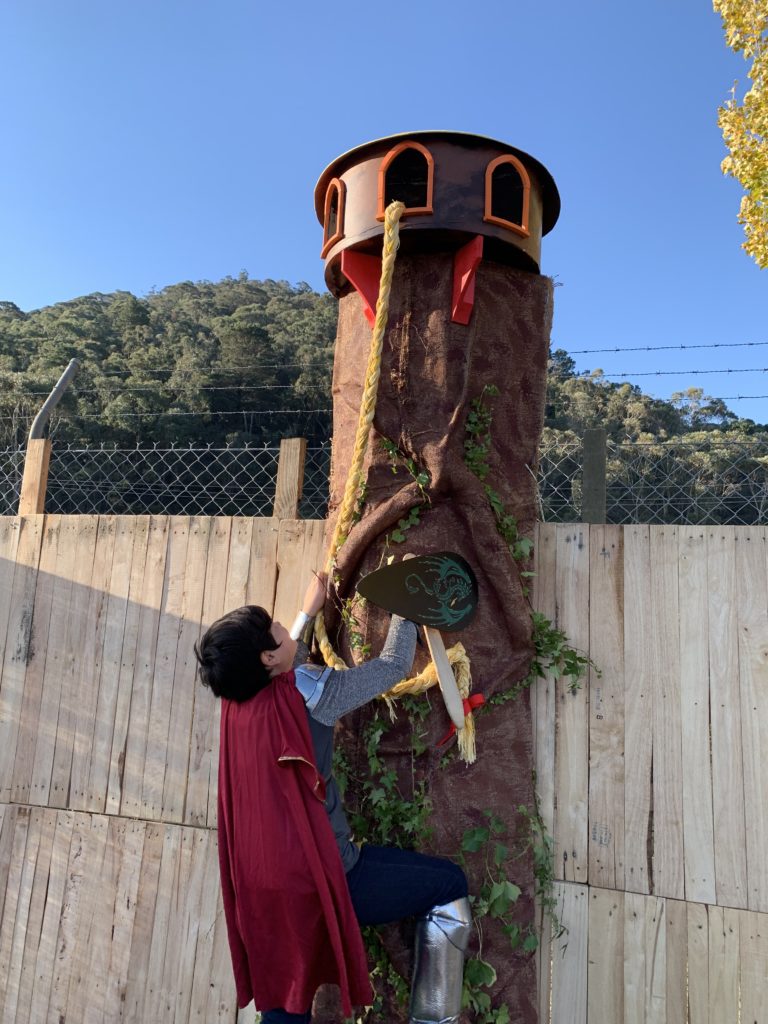
3. Preposition on
The warships are floating on the water.
4. Regular plural -s
The queens are smiling.
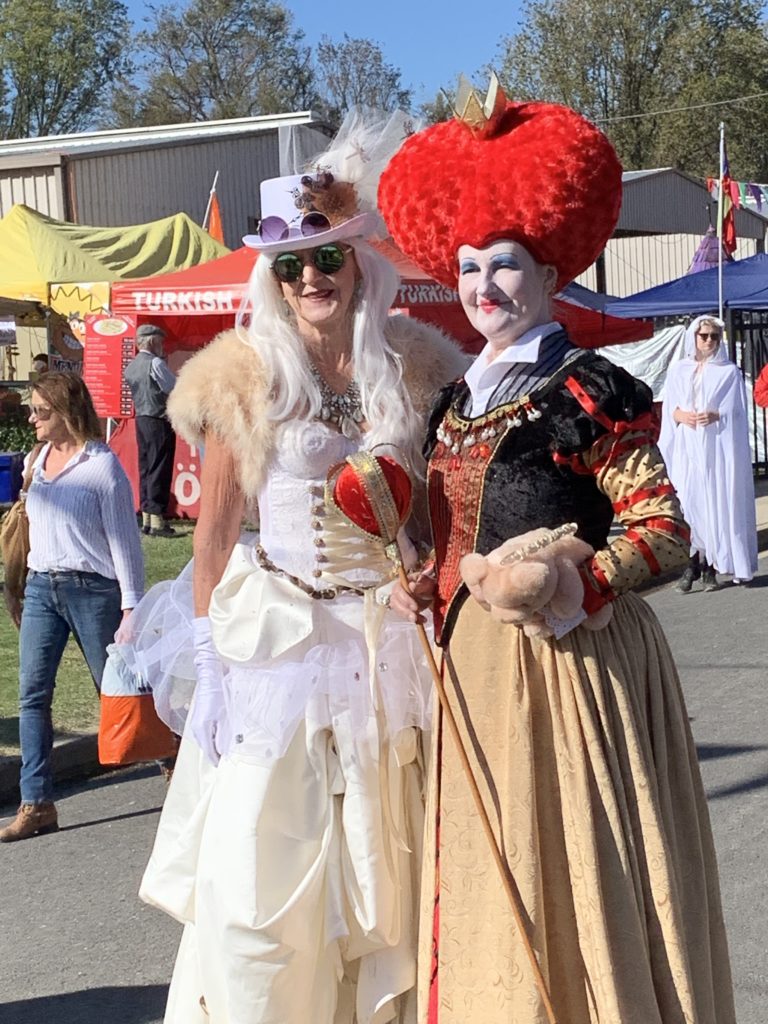
5. Irregular past tense verbs (e.g. came, ran, sat, broke)
The soldiers held their shields.
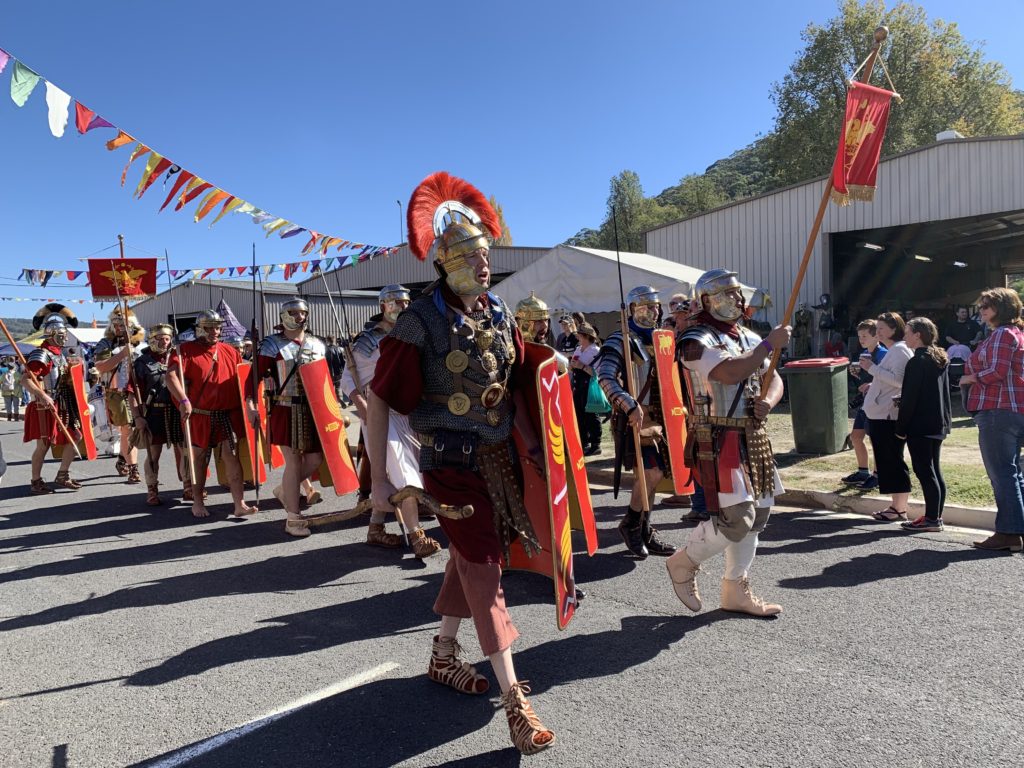
6. Regular possessive –s
The falconer‘s peregrine falcon.
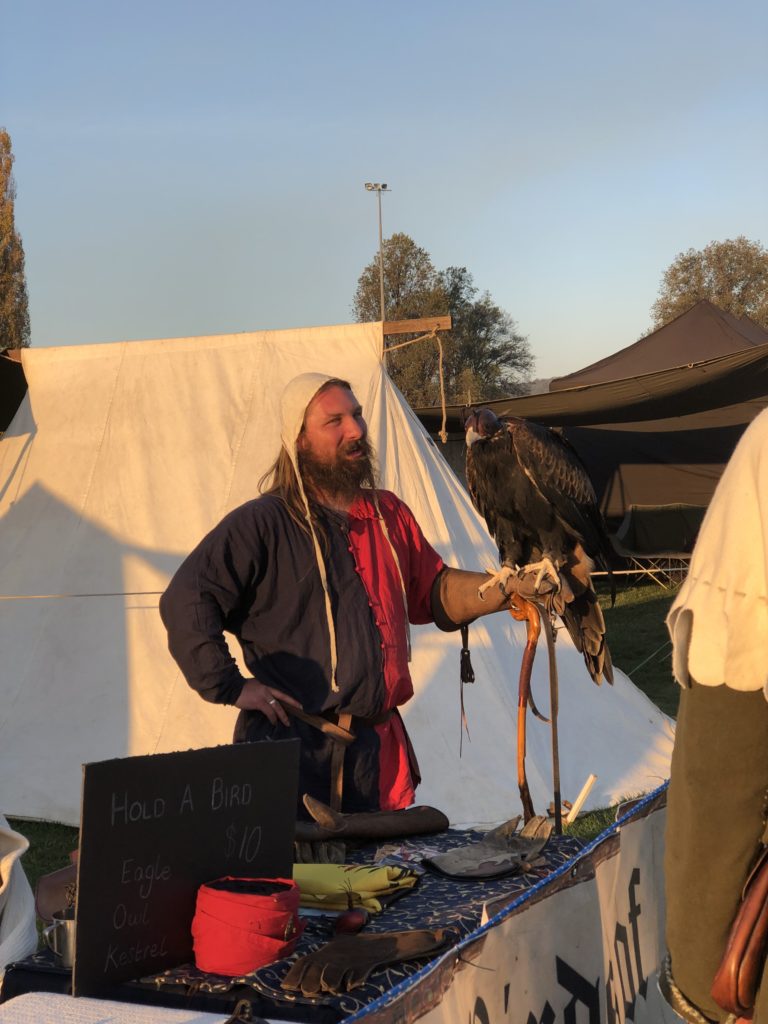
7. Uncontractible copula (It is [X]. Yes, it is/was. There I am.)
Was the sun going down? Yes, it was.
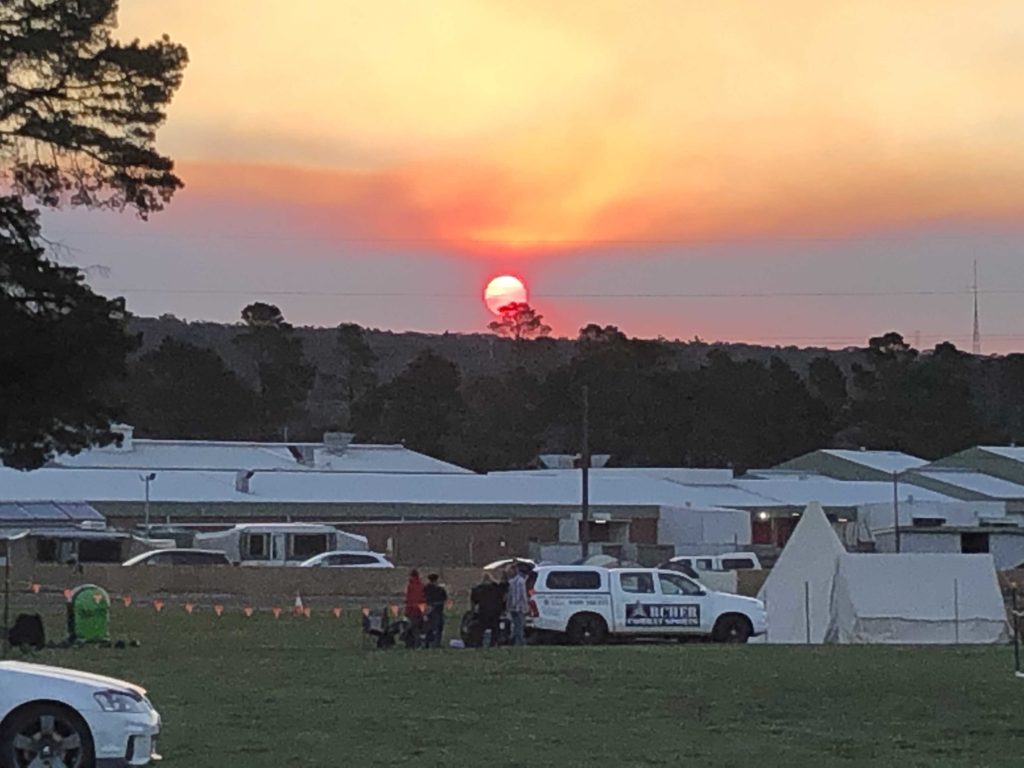
8. Articles (a, the, an)
A carriage is parked on the grass.
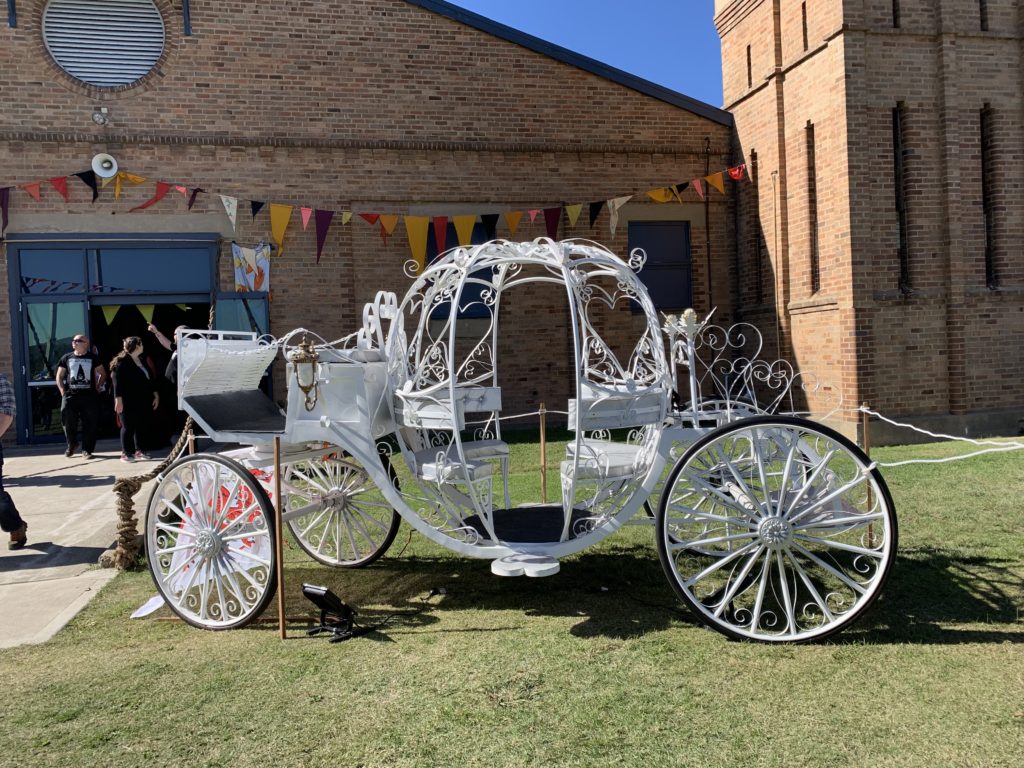
9. Past tense regular –ed
The band played.
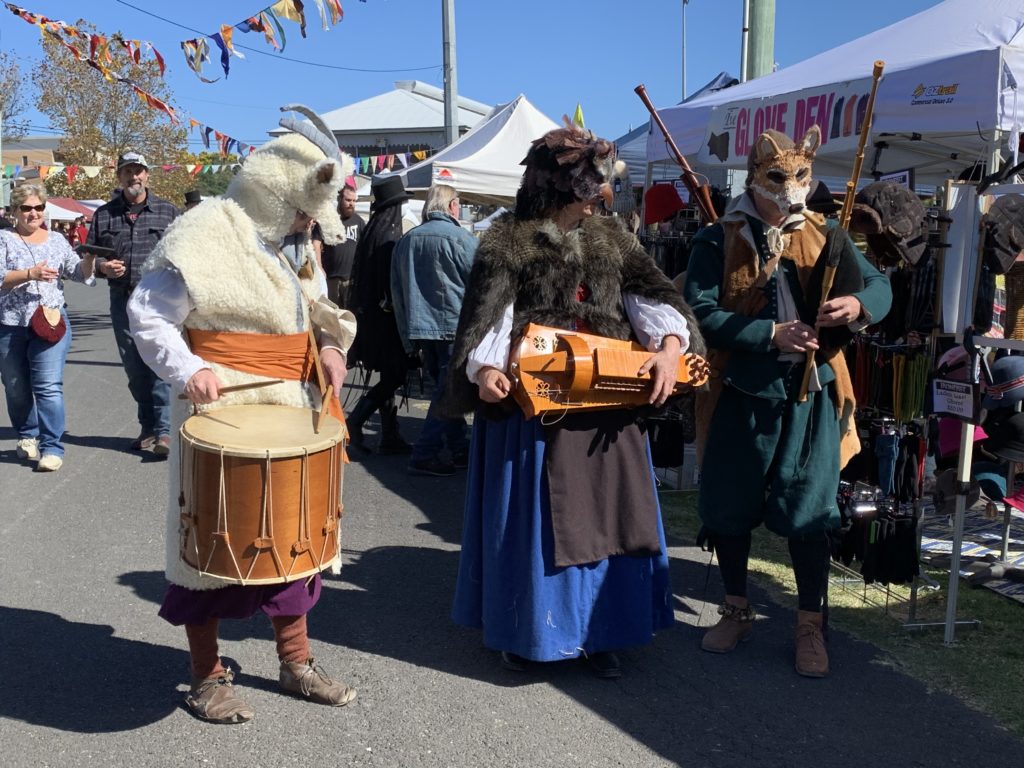
10. Regular third person –s (e.g. Dad eats.)
The performer balances.
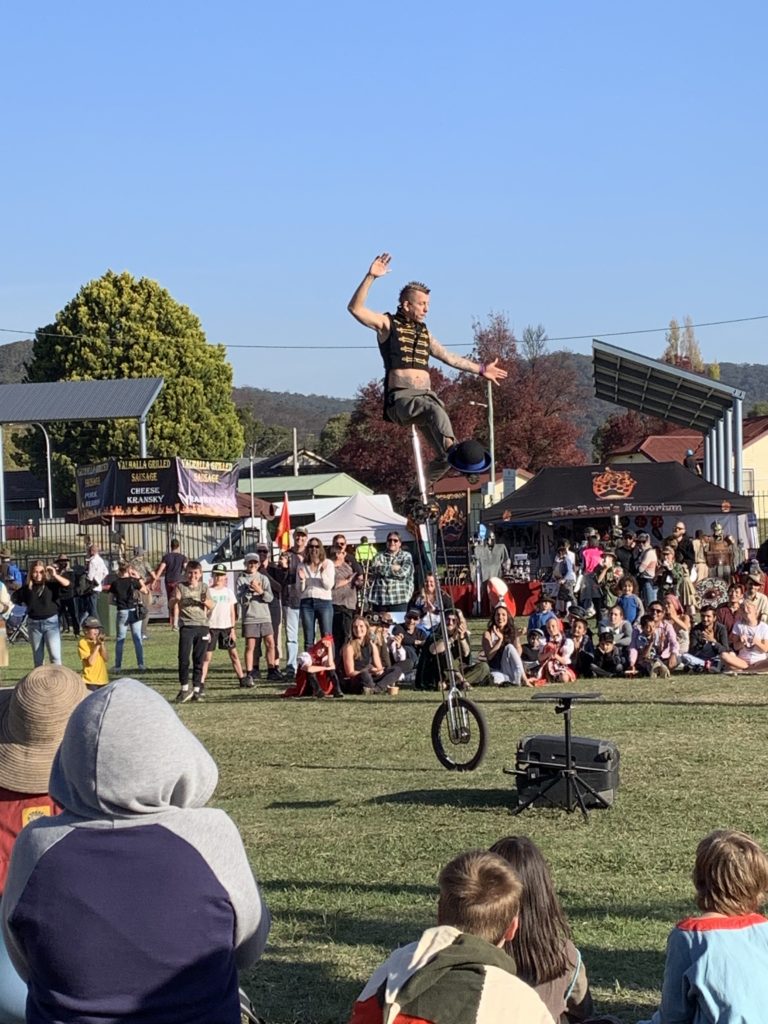
11. Irregular third person (does, has)
The man has a steam engine and does a lap of the showground.
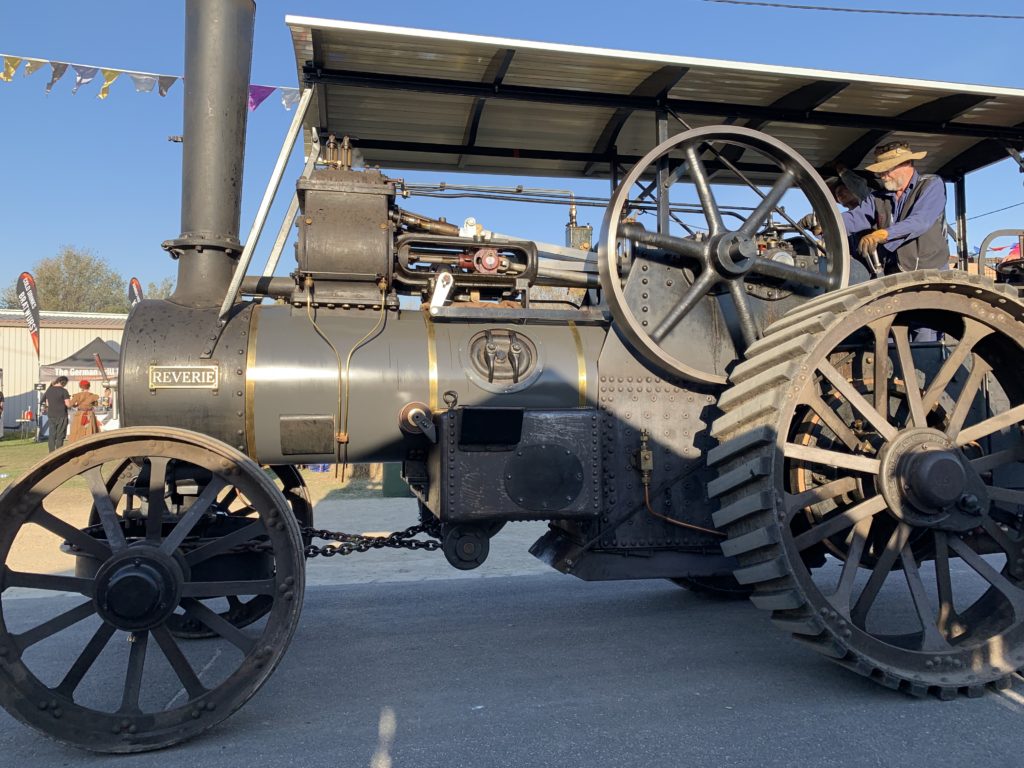
12. Uncontractible auxiliary (e.g. She was dancing.)
He was cycling.
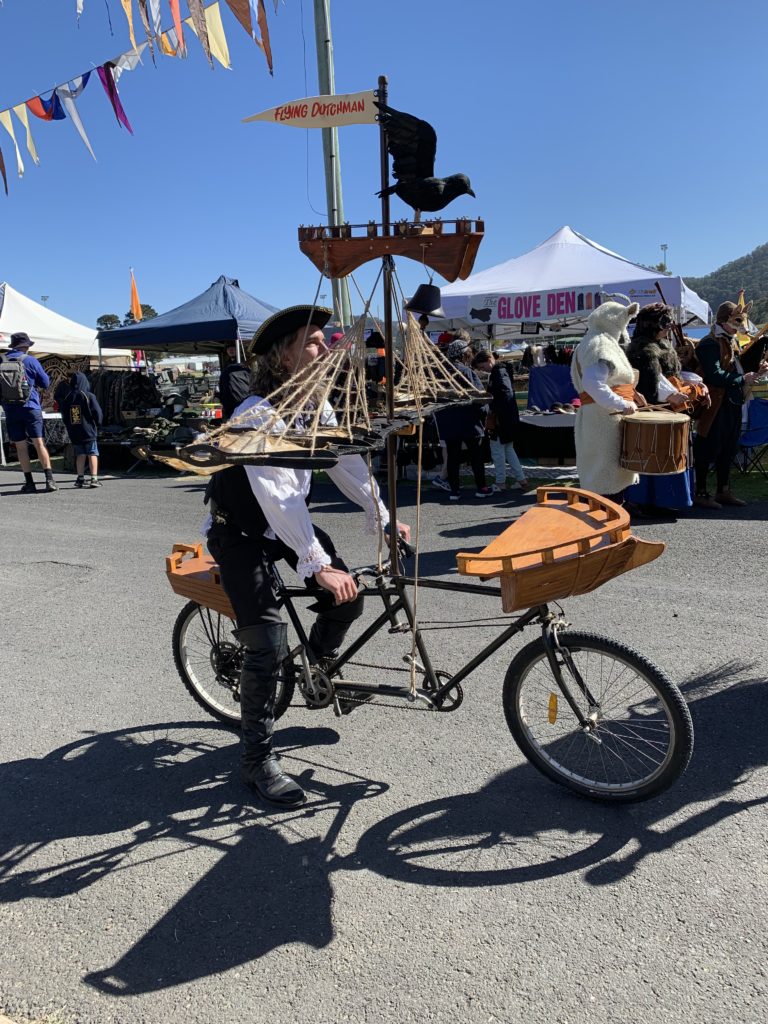
13. Contractible copula (He’s handsome.)
He’s scary.
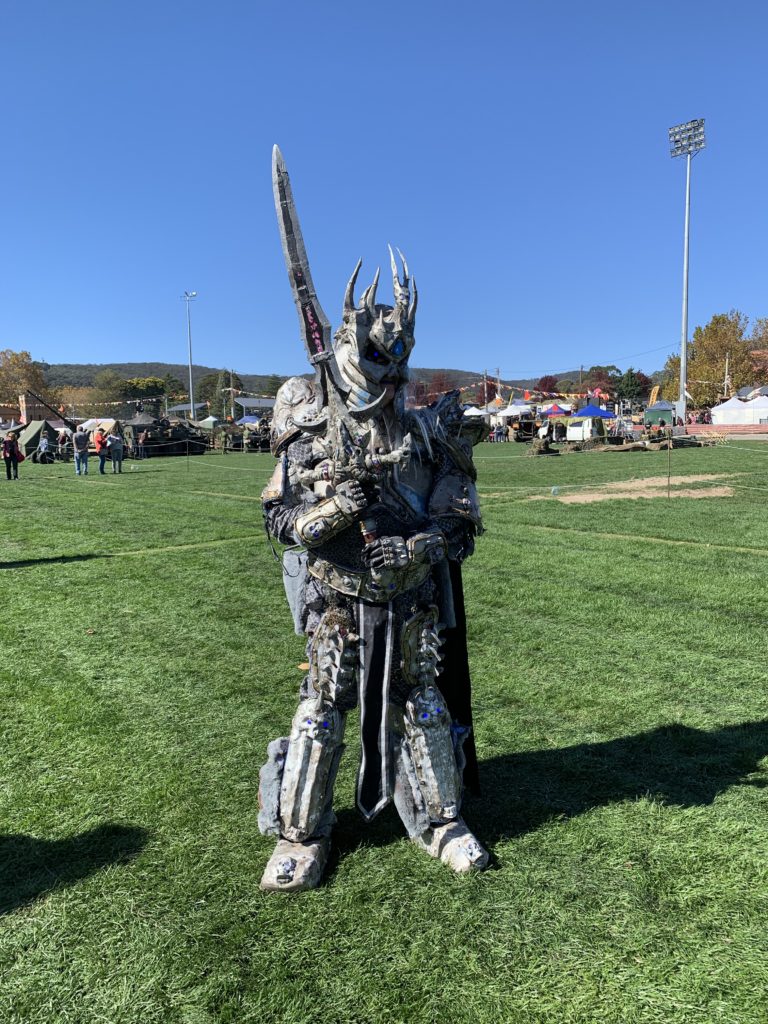
14. Contractible auxiliary (Dad’s yelling.)
The wrestler’s jumping.
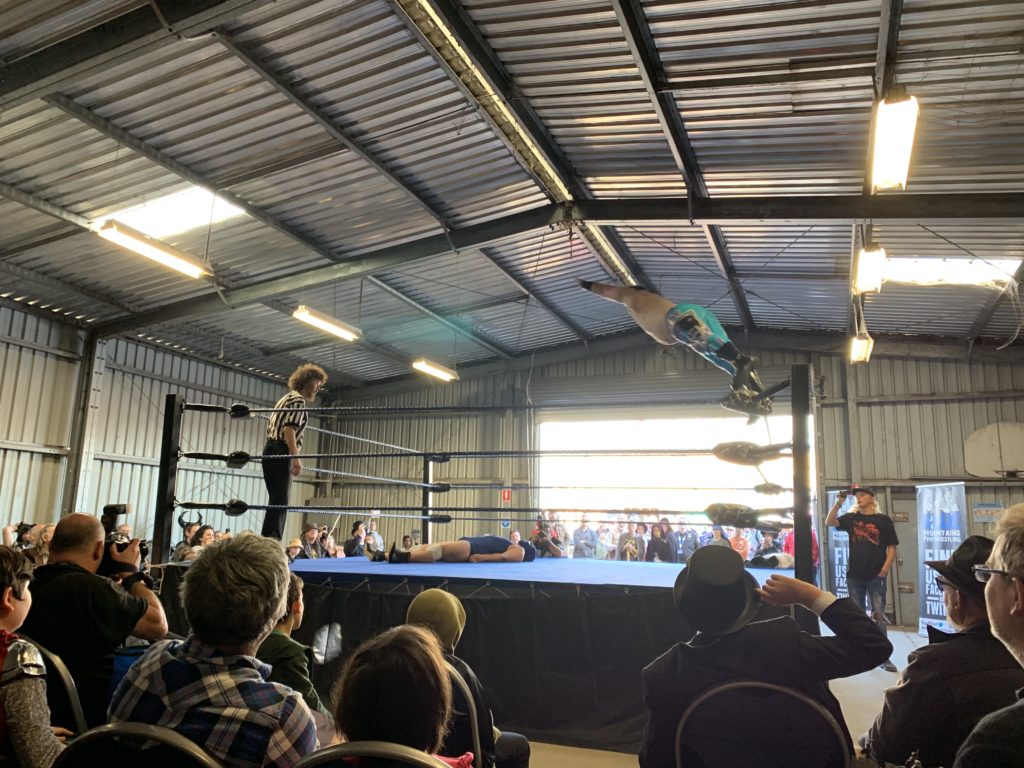
Related articles:
Principal source: R. Brown, A First Language: Early Stages, Cambridge, MA: Harvard University Press (1973).

Hi there, I’m David Kinnane.
Principal Speech Pathologist, Banter Speech & Language
Our talented team of certified practising speech pathologists provide unhurried, personalised and evidence-based speech pathology care to children and adults in the Inner West of Sydney and beyond, both in our clinic and via telehealth.
